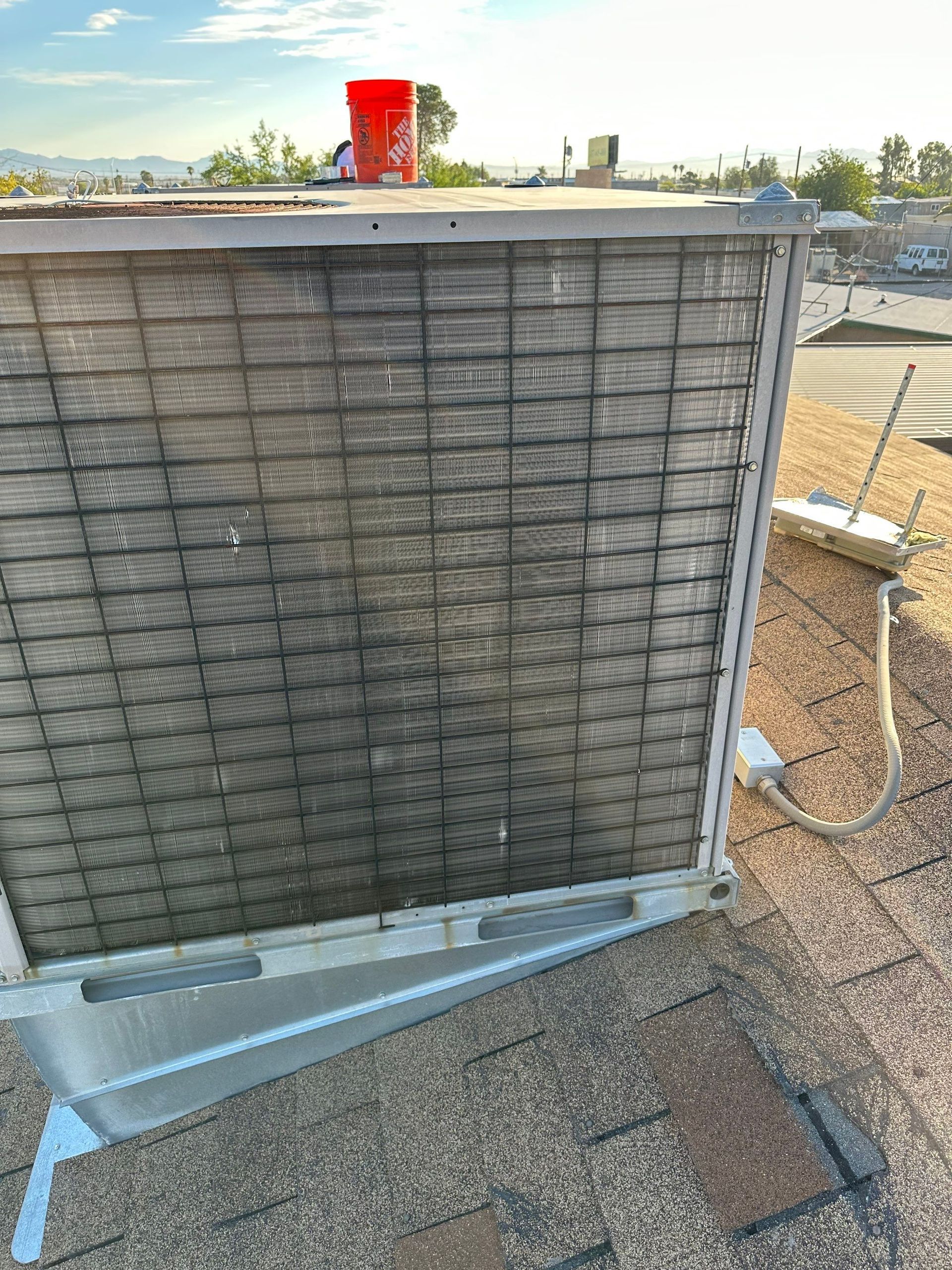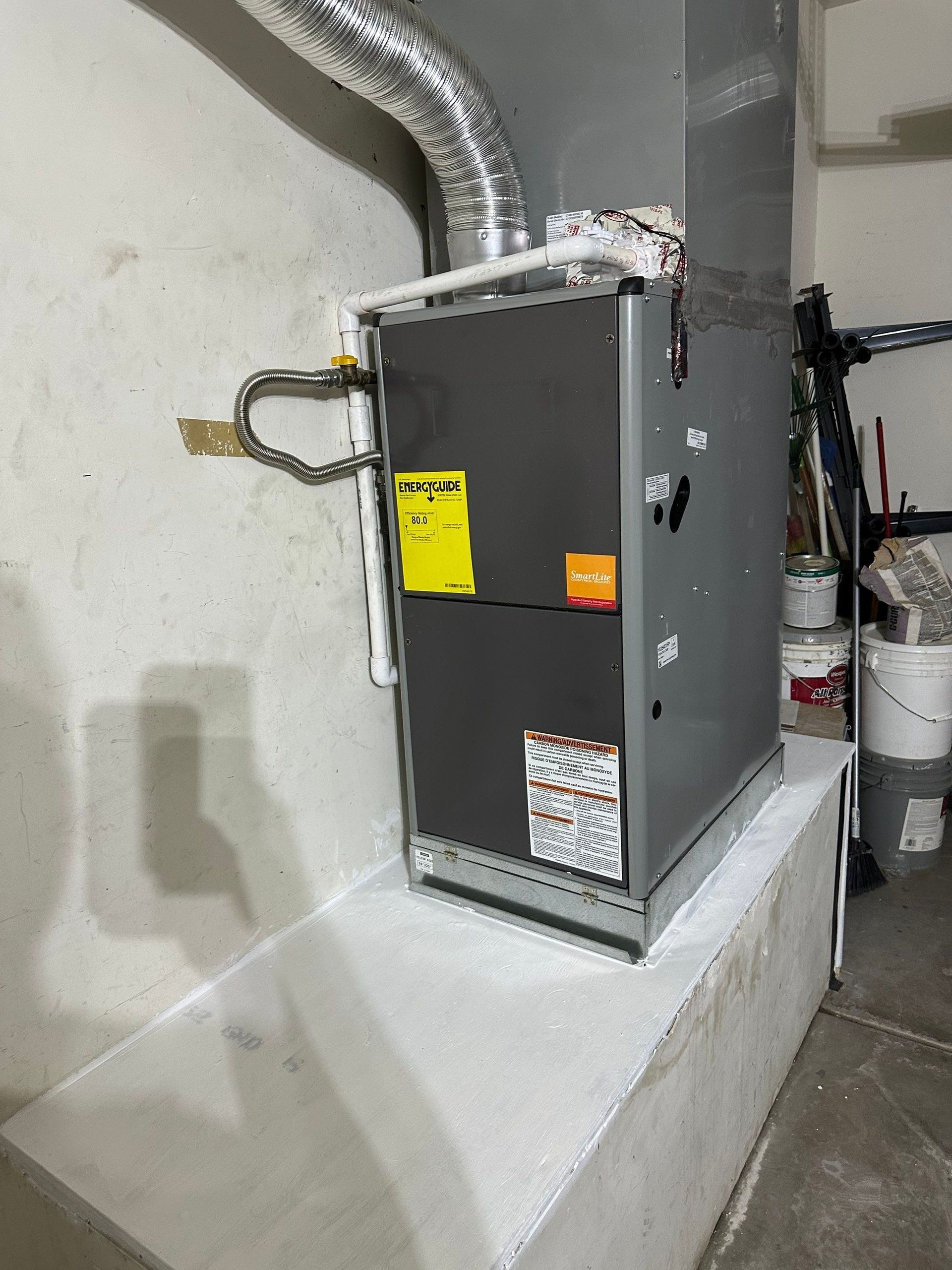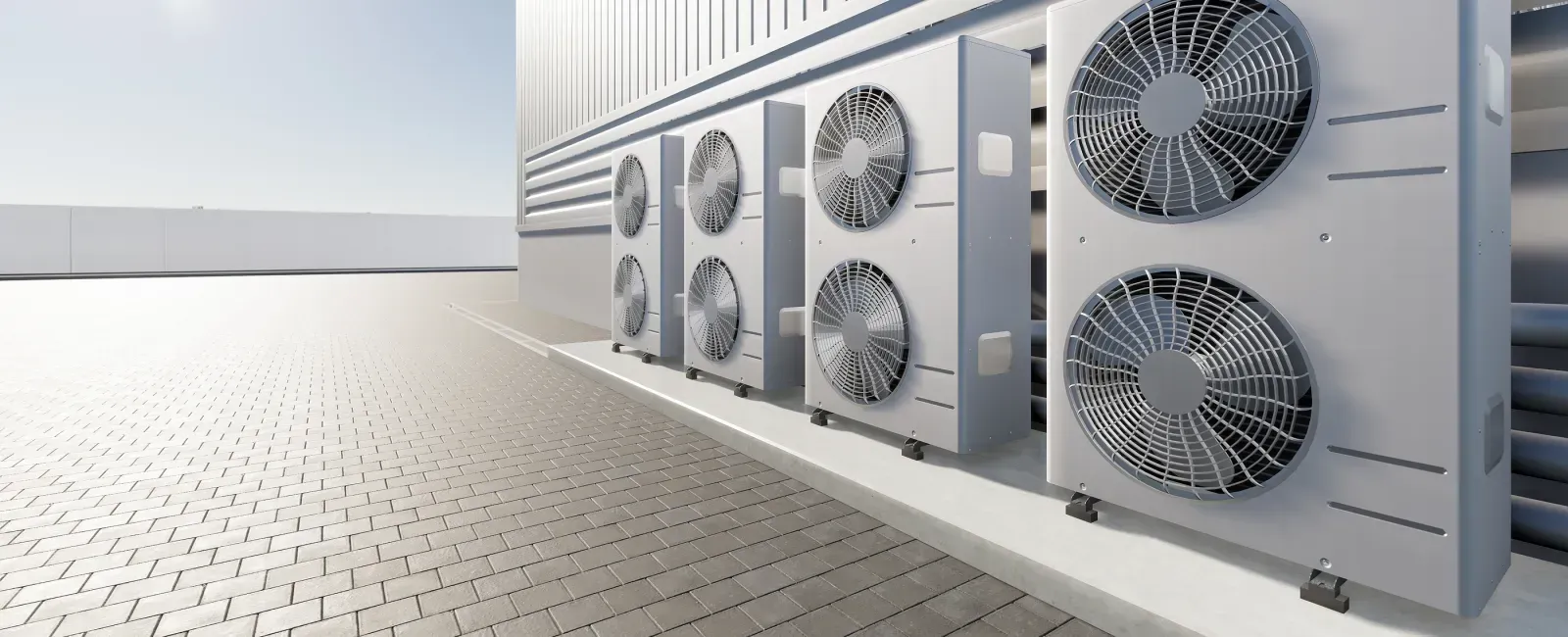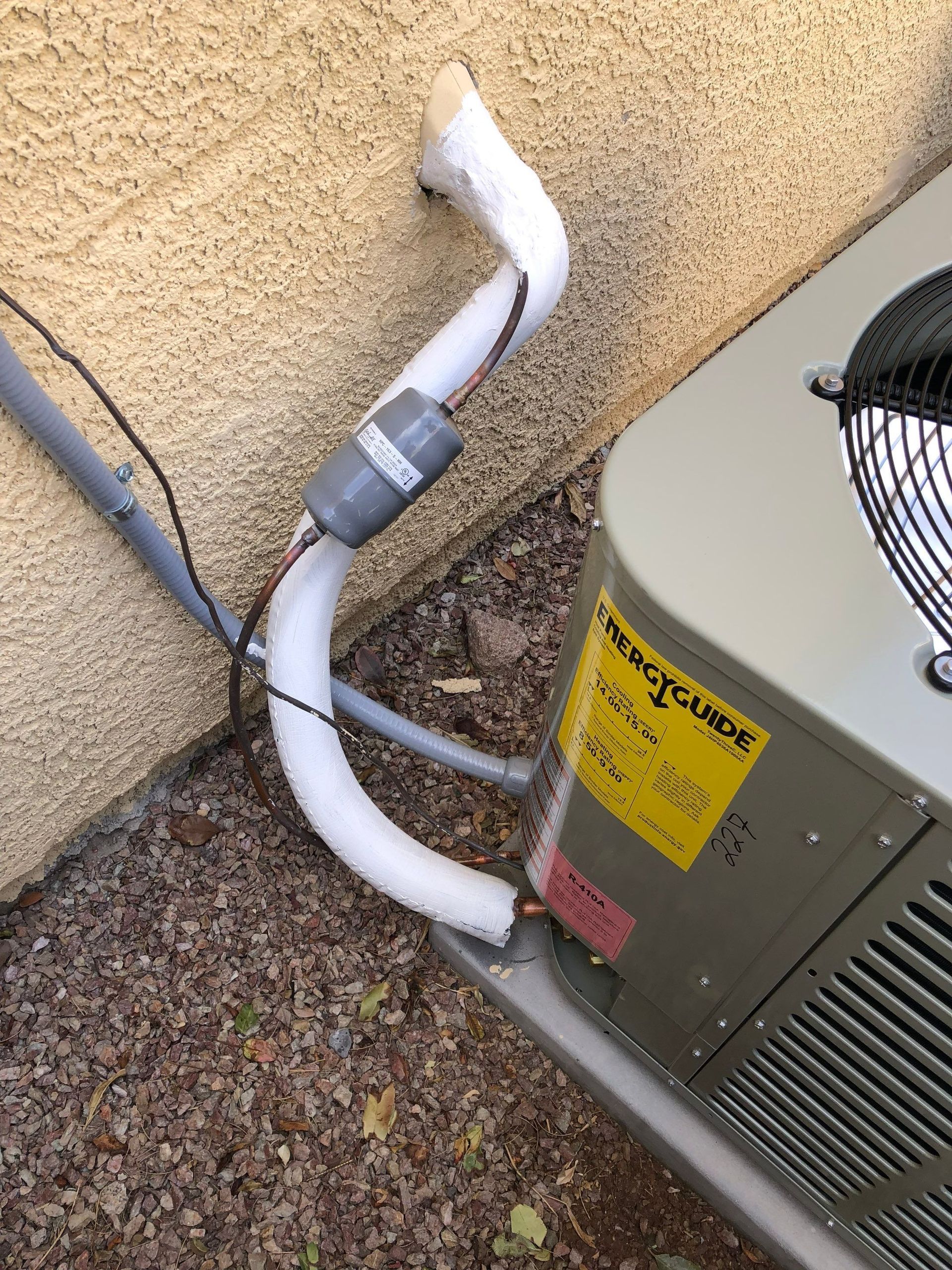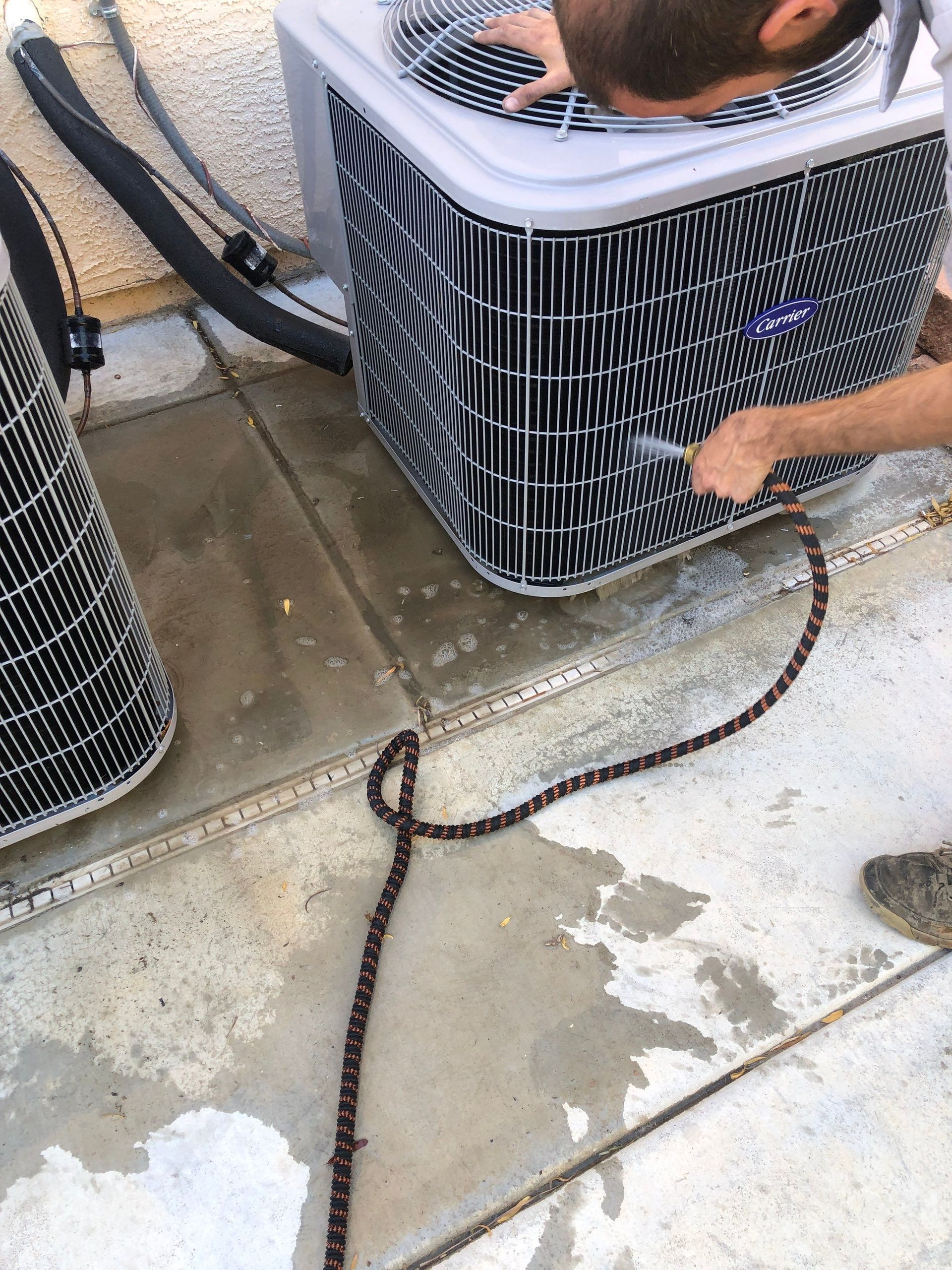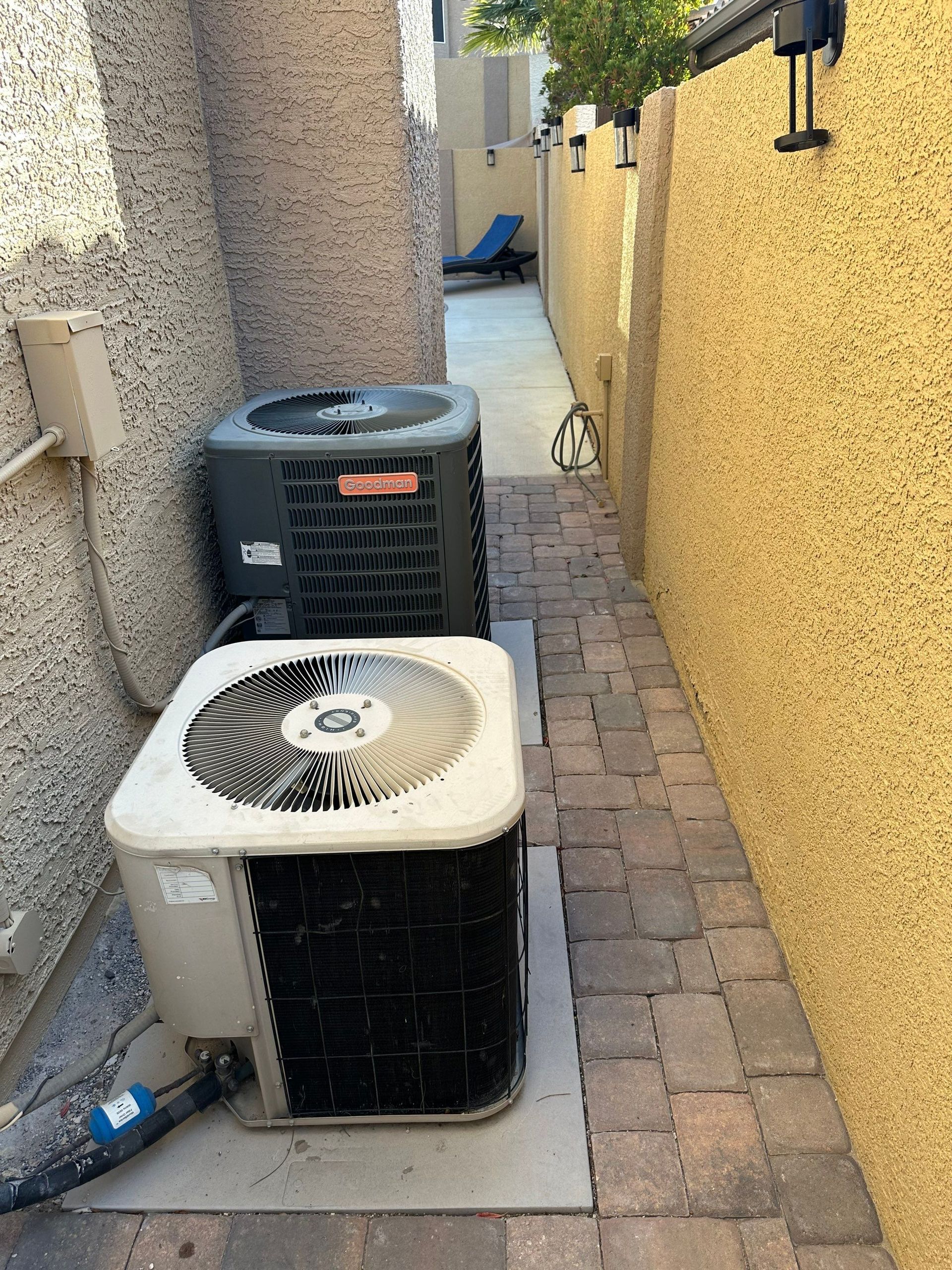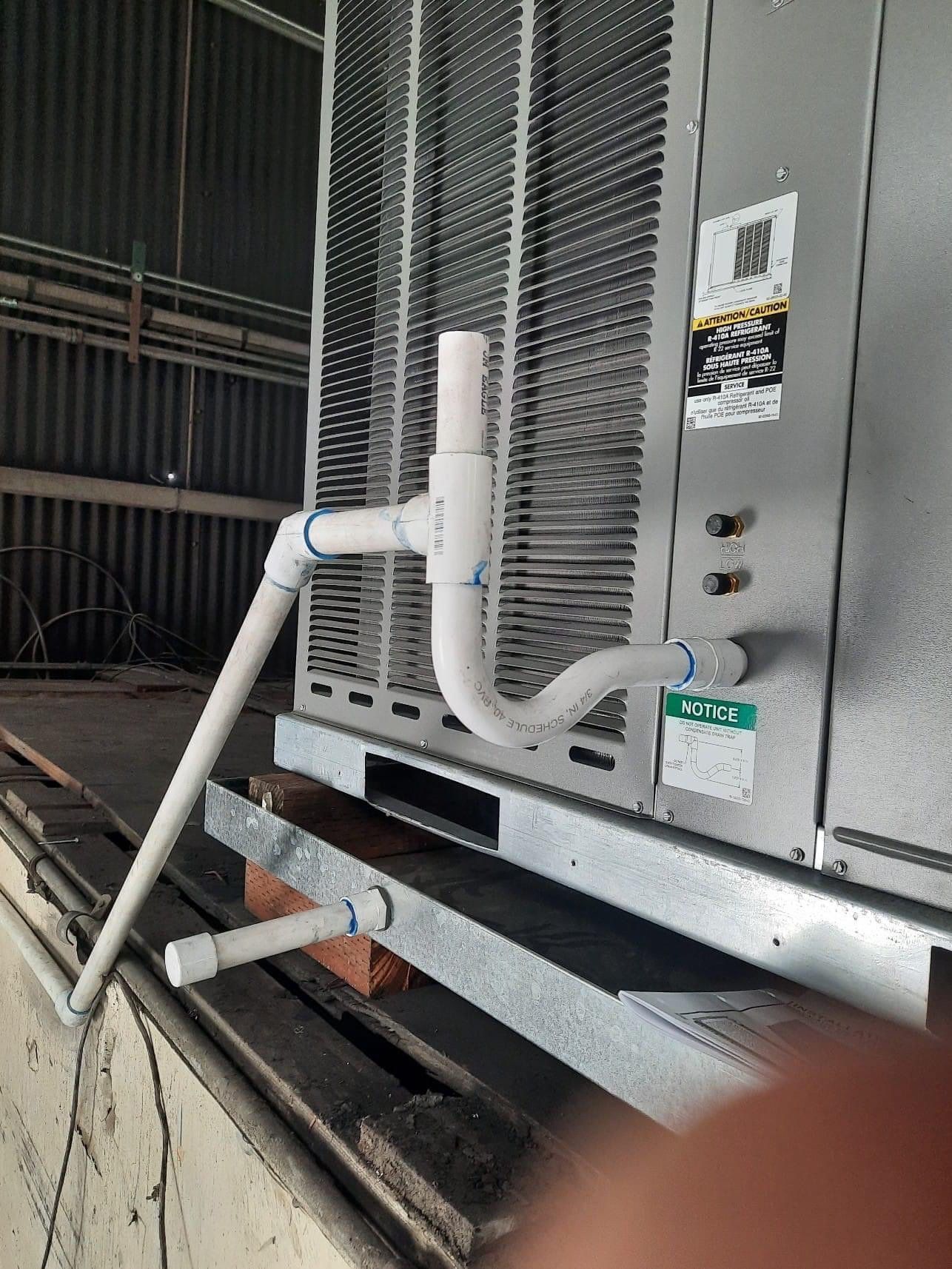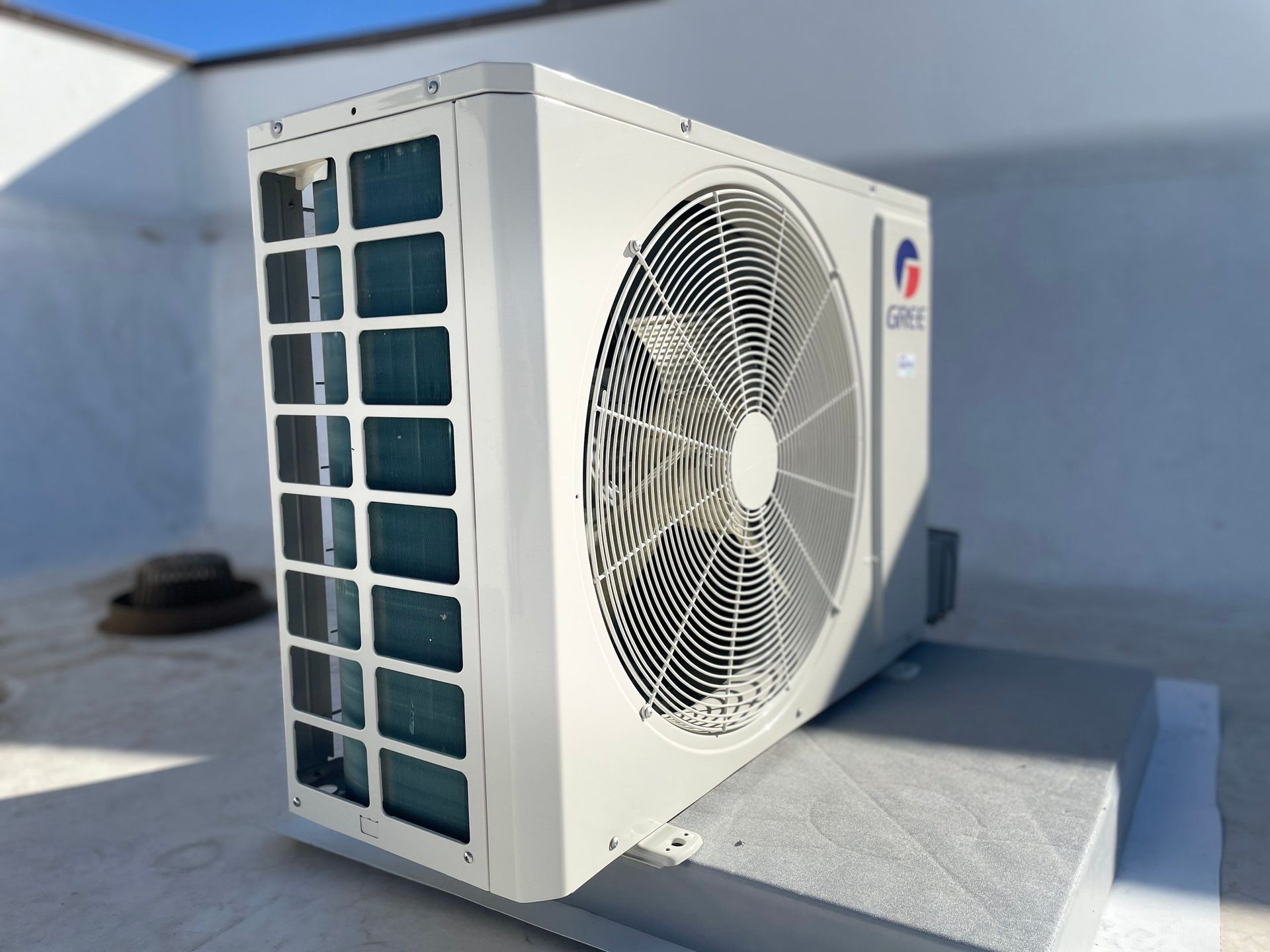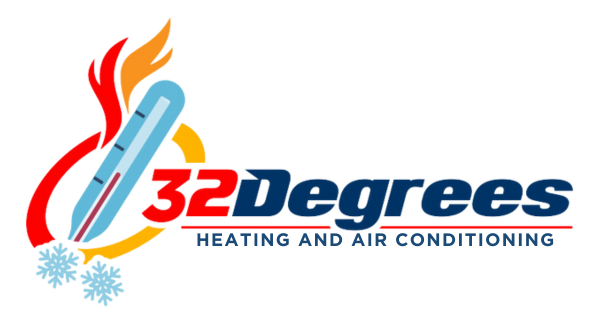How to Keep Your HVAC Running Smoothly During a Heatwave
When the temperature soars in Las Vegas, your HVAC system works overtime to keep your home cool and comfortable. But without the proper preparation and care, a heatwave can strain your system, potentially leading to malfunctions or inefficient cooling.
Here’s an extensive guide on how to ensure your HVAC system is ready for the summer heat and what to do if it begins to struggle.
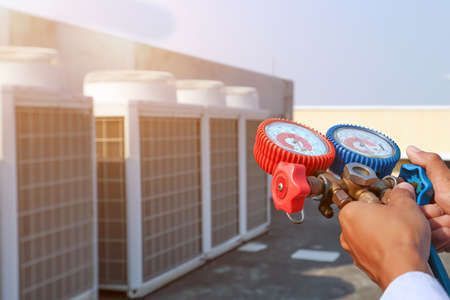
Pre-Heatwave Preparation
1. Professional Maintenance Check-Up
Start with a thorough check-up from a professional HVAC technician. This preventive maintenance should ideally be done before the heatwave season. The check-up includes verifying that the refrigerant levels are adequate, ensuring the thermostat is correctly calibrated, and inspecting the entire system—focusing on the condenser unit for any potential issues that could impair its efficiency.
2. Replace or Clean Air Filters
Airflow is crucial for system efficiency. Dirty or clogged air filters restrict airflow, forcing your system to work harder, which increases wear and tear and reduces efficiency. Replace your filters every one to two months during the summer, or more often if you have pets or suffer from allergies. Consider doing it right before the heatwave hits to ensure optimal airflow.
3. Clearing the Surroundings of Your Outdoor Unit
The outdoor unit of your HVAC system needs at least two feet of clear space all around it for proper air circulation and heat exchange. Before a heatwave, remove any debris, leaves, or shrubbery that might obstruct airflow to and from the unit. Ensure the unit is on a stable and level surface to facilitate proper operation.
4. Insulation and Sealing Checks
Inspect the insulation around your HVAC ducts, especially those that run through areas not air-conditioned like attics or basements. Proper insulation helps maintain the cool air flow and prevents energy waste. Also, check all windows and doors for leaks and reseal them if necessary to keep the cool air inside and hot air outside, reducing the load on your HVAC system.
During a Heatwave
5. Thermostat Management
Setting your thermostat at the right temperature is crucial during a heatwave. The U.S. Department of Energy recommends setting your thermostat to 78 degrees Fahrenheit when you are home and raising it when you are away. This temperature setting helps balance comfort and efficiency without overloading your system.
6. Utilize Fans
Supplement your HVAC with ceiling fans or portable fans to circulate air throughout your home effectively. Fans help distribute the air more evenly, allowing you to set the thermostat at a slightly higher temperature, thus reducing the strain on your HVAC system.
7. Avoid Internal Heat Build-Up
Minimize activities that generate a lot of heat, such as cooking on the stovetop or baking during the day. Instead, use these heat-generating appliances in the evening or early morning when temperatures are cooler. Additionally, use blinds or curtains to shade your interior from direct sunlight, which can significantly increase indoor temperatures.
8. Monitor Your System’s Performance
Keep an eye on how well your system maintains the desired temperature. If it struggles to keep up or you notice significant ice buildup on the condenser coils, it could indicate a problem. This could be a sign of low refrigerant levels, poor airflow, or a malfunctioning compressor.
Emergency Measures If Your System Struggles
9. Know When to Call Professionals
If your system can't maintain a comfortable temperature, frequently cycles on and off, or stops working altogether, it’s time to call in HVAC professionals. Quick, professional intervention from 32 Degrees can prevent more significant issues and ensure your system is repaired before any serious damage is done.
10. Temporary Cooling Solutions
While waiting for professional help, consider alternative cooling methods. Portable air conditioners, evaporative coolers, and even window units can provide temporary relief from the heat, especially in critical areas like bedrooms or living rooms.
On a Final Note:
Preparing your HVAC system for a heatwave involves both proactive maintenance and strategic operation adjustments. By following these guidelines, you can ensure that your system runs efficiently, withstands the extreme temperatures, and continues to provide a comfortable environment in your home. Remember, regular maintenance and timely repairs are key to the longevity and efficiency of your HVAC system.
Ready to work with 32 Degrees Heating and Air Conditioning?
Let's connect! We’re here to help. Send us a message and we’ll be in touch. Or give us a call today at 725-720-2912
Agency Contact Form
Our Blogs...
32 Degrees HVAC Solutions
